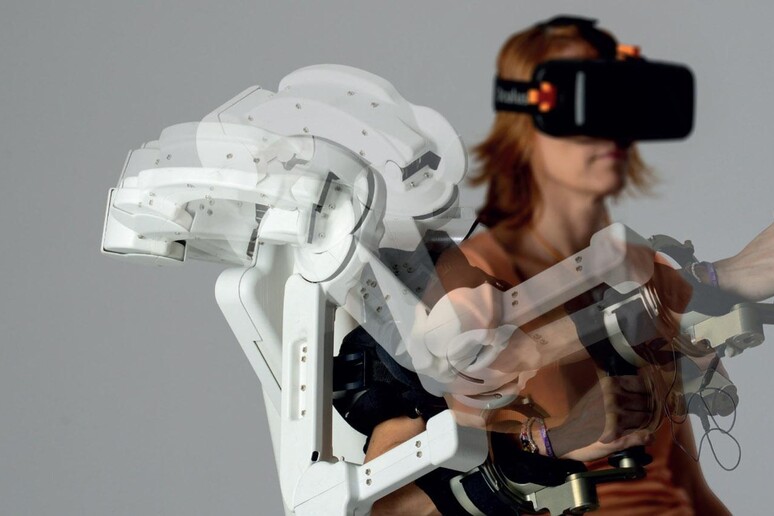Scientists in Pisa are at work on a
new robot that can be sent into disaster areas and relay
detailed data back to its human operators, sources said Tuesday.
The robot - to be called Centaur - will transmit audio,
visual, sensory and tactile information from natural or man-made
disaster sites that may be too dangerous for humans to approach
first-hand.
Scientists at a perceptive robotics lab at the Sant'Anna
School of Advanced Studies - a public university for the applied
sciences located in the Tuscan city of Pisa - aim to overcome
the limitations of robot responders to the 2011 Fukushima
nuclear reactor meltdown.
Those robots proved unwieldy, and Centaur will compensate
by having humanoid torso with two arms, four legs, and the
ability to move on uneven ground, within buildings, and up or
down flights of stairs, scientists said.
Its remote human operator will have robotic exoskeletons -
or wearable robots - on his or her arms.
This means the human can carry out complex tasks - such as
closing a valve or connecting a pipe - from a safe distance.
The project is coordinated by the Bonn University Institute
for Computer Science under the European Union's Horizon 2020
project, which has a budget of four million euros.
Other partners include the Italian Institute of Technology
(IIT) in Genoa as well as German and Swedish universities.
ALL RIGHTS RESERVED © Copyright ANSA











